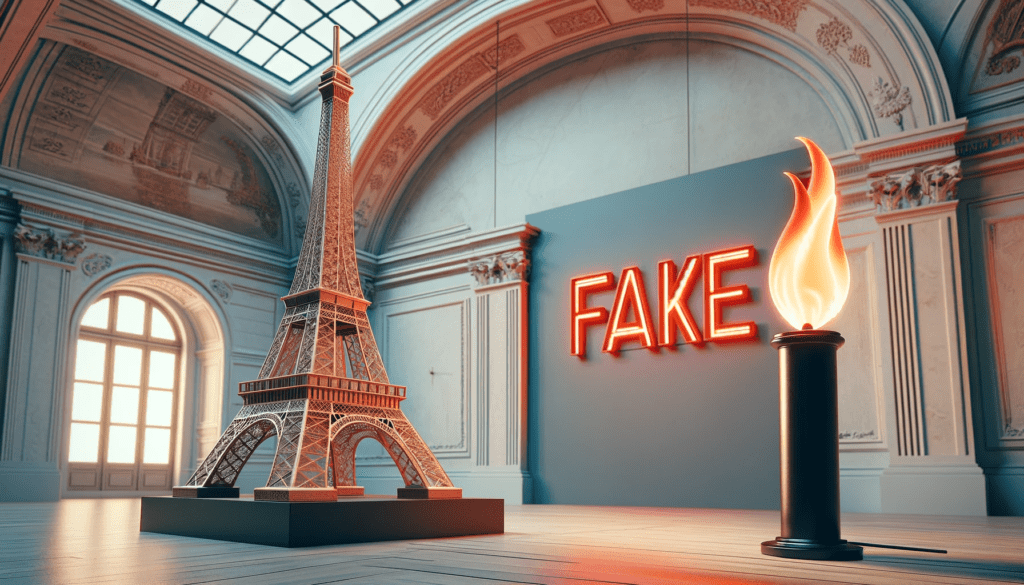The Ethical Dilemma of AI-Created Images: Why We Should Avoid Depicting Violence and Destruction ?
In this age of AI, where stunningly realistic images are created, we reach a junction point of technological wonder at an unprecedented level and ethical considerations. It becomes crystal clear in an image of the Eiffel Tower on fire in 2023, which has gone viral in 2024. This incident was an outright fabrication, but it points to another important ethical issue-the use of AI in creating fake images depicting violence, destruction, or other negatives.
Why Creating Fake Images of Violence is Problematic
- Spreading Misinformation: In the digital age, misinformation spreads faster than the truth. Fake images, like the Eiffel Tower fire, can lead to widespread panic and confusion. This not only causes unnecessary distress among the public but also undermines trust in digital media.
- Moral and Ethical Concerns: Creating and disseminating images of violence or disaster, even if fictional, can be deeply distressing. It trivializes the real suffering and trauma experienced by victims of actual disasters and conflicts.
- Impact on Mental Health: Constant exposure to violent or destructive imagery, even when known to be artificial, can have a detrimental effect on mental health. It can desensitize individuals to real-world violence and increase anxiety and fear.
- Legal and Social Ramifications: Fabricating images of disaster or violence can have legal consequences, especially if they lead to public disorder or affect stock markets and economies. Socially, it contributes to a culture of fear and mistrust.

The Eiffel Tower Fire Hoax: A Case Study
The Eiffel Tower incident, supposedly on fire in 2023, was one of the worst instances of harm AI could cause by generating fake images. Technically impressive but highly injurious, the image caused unept alarm and hence prevailed on all social media; thus, the world misled. Fact-checkers and authorities took much pain to nullify the hoax-illustrative of the resources and lost time for such misinformation.
What Can Be Done?
- Regulation and Standards: There is a need for stricter regulations and ethical standards governing the use of AI in creating images, especially those depicting sensitive subjects like violence or disaster.
- Public Awareness: Educating the public about the capabilities and potential misuse of AI in generating fake imagery is crucial. Increased awareness can lead to more skepticism and critical thinking when encountering such images.
- Technological Solutions: Developing AI tools that can detect and flag AI-generated fake images can help in mitigating the spread of such content.
- Ethical AI Development: Encouraging a culture of ethical AI development, where creators are mindful of the societal impact of their creations, is essential.
While AI offers incredible opportunities for creativity and innovation, ethical and responsible use of the technology remains our collective responsibility. What happened regarding the Eiffel Tower fire hoax should not be allowed to happen again with the use of AI in creating and disseminating fake images of violence and destruction. Let us move forward with embracing the benefits of AI while being acutely aware of-and actively addressing-its ethical implications.

